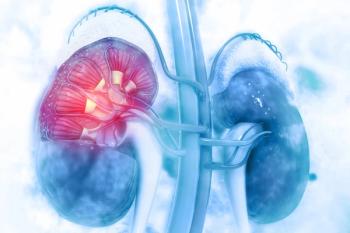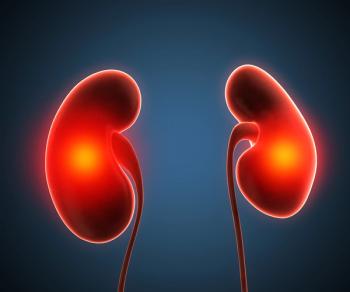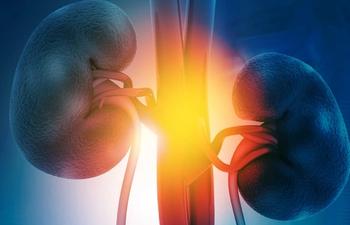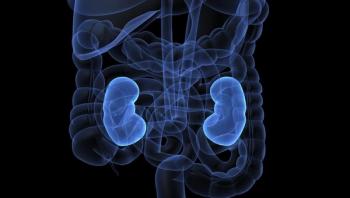
Oncology NEWS International
- Oncology NEWS International Vol 15 No 7
- Volume 15
- Issue 7
Cryoablation Yields High 5-Yr Survival in Small Renal Tumors
Cryoablation of small renal tumors is associated with a 98% cancer-specific survival rate after 5 years
ATLANTACryoablation of small renal tumors is associated with a 98% cancer-specific survival rate after 5 years, according to results of a single-center study presented at the 2006 Annual Meeting of the American Urological Association (abstract 1091).
In 45 patients who underwent cryoablation for sporadic renal tumors at the Cleveland Clinic and were followed for a median of 6 years, the overall survival at 5 years was 80%.
Three patients had a recurrence and underwent nephrectomy, and two of these patients remain disease-free. One patient died of cancer after developing metastasis 10 months after treatment, which the investigators predicted was a result of occult metastatic disease present at the time of treatment.
"Of course, we await long-term data, given the indolent nature of a sizable proportion of these tumors," investigator Nicholas J. Hegarty, MD, an endourology research fellow at the Cleveland Clinic Foundation, said at the meeting.
Since 1997, the Cleveland Clinic has performed 168 laparoscopic cryoablations on a total of 165 patients. Sixty patients have been evaluated for at least 5 years, and Dr. Hegarty and his associates evaluated the outcomes of 45 of these patients who had sporadic tumors.
Patients were evaluated clinically and by MRI the day after cryoablation, at 3, 6, and 12 months, and annually thereafter. Needle biopsies of the treatment sites were taken 6 months after the procedure. During the follow-up period, the investigators noted any enhancement, changes in the defect size, and the emergence of new lesions.
Among the 45 patients with sporadic tumors, the average age was 66.2 years, 67% were male, and the mean ASA (American College of Anesthesiologists) score was 3. The mean preoperative tumor size was 2.3 cm (range, 1.0 to 4.5 cm), and the most common tumor sites were lateral (22%), posterior (20%), anterior (20%), and posterolateral (11%). The majority of patients (71%) underwent a transperitoneal laparoscopic procedure, based on the location of their tumors. The mean operative time was just under 3 hours, and most patients (89%) required only one cryoprobe.
Dr. Hegarty noted that cryoablation lacks the certainty that comes with actually removing the tumor. "We offer cryoablation to patients who are not fit for something we would consider more definitive."
Articles in this issue
over 19 years ago
High-Quality Screening Colonoscopy Priority for GI Docsover 19 years ago
Genentech Seeks Expanded Use of Avastin in Breast Cancerover 19 years ago
Denosumab Suppresses Bone Resorption in Breast Ca Metsover 19 years ago
FDA Approves Priority Review of Merck's Zolinza (Vorinostat)over 19 years ago
FDA Approves Revlimid for Myeloma Rxover 19 years ago
Real-Time RT Planning, Delivery in the Bronxover 19 years ago
Phase III Trial of Enzastaurin for NHL Patients Initiatedover 19 years ago
Racial Disparities in Prostate Ca RecurrenceNewsletter
Stay up to date on recent advances in the multidisciplinary approach to cancer.


















































































